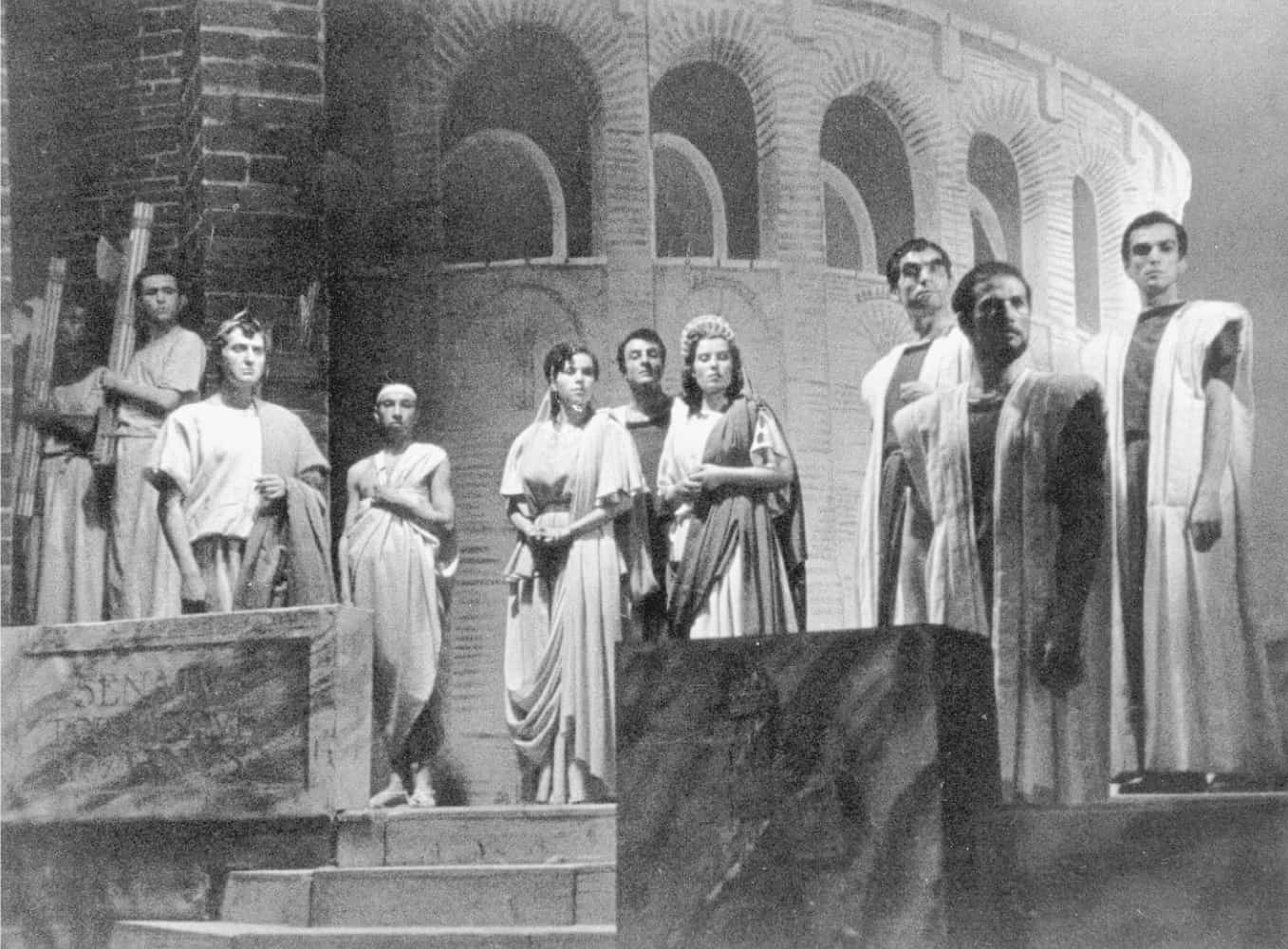Ayça Sancar
Die Bühne des Staates:
Opernarchitektur und Kulturpolitik in der Türkei 1928-1969
Für den Republiksgründer Mustafa Kemal Atatürk und die politische Elite der türkischen Frührepublik galt die Förderung der schönen Künste als eine Notwendigkeit für die Modernisierung der Gesellschaft. Die Reformierung des Musikwesens wurde als der wichtigste Schritt dieser Förderung betrachtet, welcher eine Einbindung in die westliche Welt ermöglichen sollte. Innerhalb dieses Reformprozesses besaßen die Etablierung des Opernwesens und die Planung von Opernhäusern einen besonderen Stellenwert. Opernbauten sollten nicht nur räumliche Bedürfnisse erfüllen, sondern auch mit ihrer Architektursprache den reformistischen Ambitionen des Staates entsprechen. Darüber hinaus wurden sie vom laizistischen Staat als neue Bautypologien eingeführt, um dem Volk profane Versammlungsorte zu schaffen.
Ausgehend von dem beschriebenen Hintergrund wird in der Dissertation das Zusammenspiel von Kulturpolitik, Operngeschehen und Architektur in der Türkei im Zeitraum von 1928 bis 1969 behandelt. Hierzu werden unter anderem Opernentwürfe von Hans Poelzig, Auguste Perret, Clemens Holzmeister und Paul Bonatz sowie städtebauliche Ansätze von Hermann Jansen und Henri Prost untersucht. Anhand der Entstehungsgeschichte dieser Entwürfe wird diskutiert, welche Rolle der Oper in der türkischen Kulturreform zugeteilt wurde. Hier lassen sich architektonische Ansätze beschreiben, die für die Modernitätsvorstellung der Nachkriegszeit relevant sind. Die Fortsetzung dieser erarbeiteten Ansätze in den Heimatländern der erwähnten Architekten bildet einen weiteren Teil der Forschung.
The Stage of the State:
Opera Architecture and Cultural Politics in Turkey 1928-1969
Atatürk, the founder of the Turkish Republic, and the political elite of Early Republican Turkey considered the promotion of the fine arts as a necessity for social modernization. The reformation of the national music culture was seen as the most important step of this progression, which should enable the integration into the western world. Within this reformation process, the establishment of a national opera and the design of opera houses had high priority. Opera buildings were not only expected to fulfil spatial requirements, but were also considered as symbolic objects to represent the ideals and aspirations of the state through their architecture. Moreover, they were introduced by the secular state as alternatives to religious places of public gathering.
Departing from the described background, the dissertation deals with the interaction between cultural politics, opera and architecture in Turkey between 1928 and 1969. In this context, the research covers opera designs developed by, among others, the architects Hans Poelzig, Auguste Perret, Clemens Holzmeister and Paul Bonatz, as well as urban planning approaches of Hermann Jansen and Henri Prost. On the basis of the development processes of these designs, the research discusses the role which was attributed to the opera in the cultural reform of the young state. The architectural approaches developed in Turkey by the mentioned architects reveal a certain relevance to the new understanding of modernism in the post-World War II era in Europe. The continuation of these approaches by the architects in their home countries constitutes a further part of the research.

